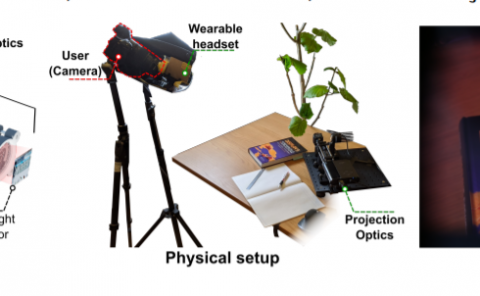Individually Addressable Nanoscale OLEDs
PubDate: Sep 2024
Teams:University of Würzburg
Writers:Cheng Zhang, Björn Ewald, Leo Siebigs, Luca Steinbrecher, Maximilian Rödel, Monika Emmerling, Jens Pflaum, Bert Hecht
PDF:Individually Addressable Nanoscale OLEDs
Abstract
Augmented Reality (AR) and Virtual Reality (VR), require miniaturized displays with ultrahigh pixel densities. Here, we demonstrate an individually addressable subwavelength OLED pixel based on a nanoscale electrode capable of supporting plasmonic modes. Our approach is based on the notion that when scaling down pixel size, the 2D planar geometry of conventional organic light-emitting diodes (OLEDs) evolves into a significantly more complex 3D geometry governed by sharp nanoelectrode contours. These cause (i) spatially imbalanced charge carrier transport and recombination, resulting in a low quantum efficiency, and (ii) filament growth, leading to rapid device failure. Here, we circumvent such effects by selectively covering sharp electrode contours with an insulating layer, while utilizing a nano-aperture in flat areas of the electrode. We thereby ensure controlled charge carrier injection and recombination at the nanoscale and suppress filament growth. As a proof of principle, we first demonstrate stable and efficient hole injection from Au nanoelectrodes in hole-only devices with above 90 % pixel yield and longtime operation stability and then a complete vertical OLED pixel with an individually addressable nanoelectrode (300 x 300 nm


